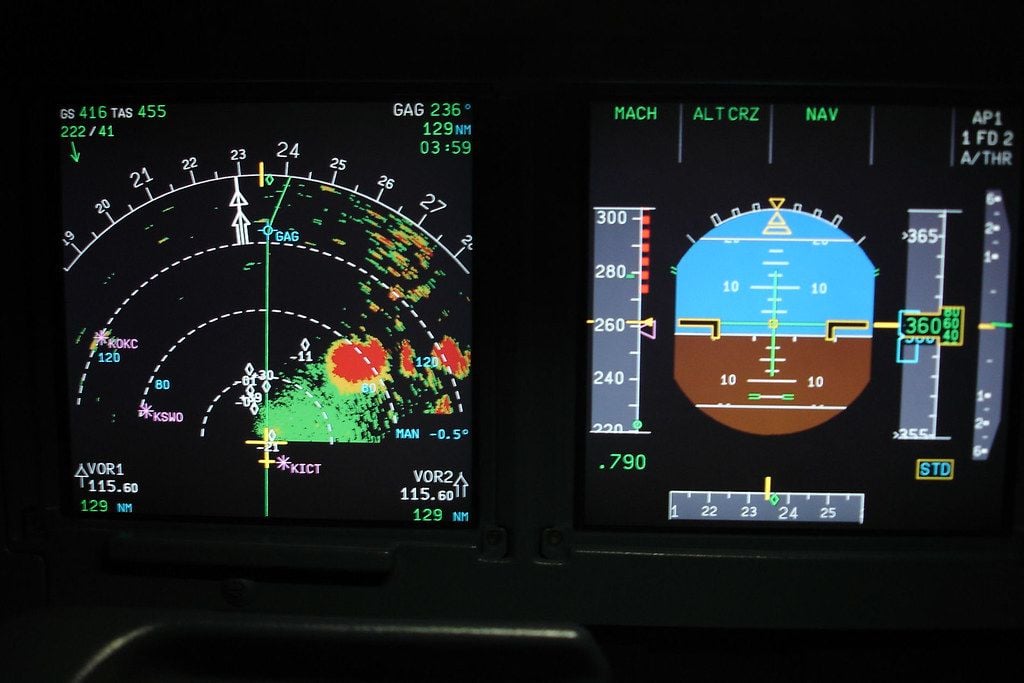Altitude of Commercials Aircraft : economic reason
Thread Starter
Join Date: Jan 2016
Location: Norway
Posts: 86
Likes: 0
Received 0 Likes
on
0 Posts
Altitude of Commercials Aircraft : economic reason
Hello everyone,
I have read that commercial aircrafts fly at a certain altitude for several reasons, with one of them being for "economic" reason.
I would like to understand why. I know it has to do with the relationship between IAS & TAS, but not sure to grap correctly why.
My understanding :
As we fly higher, less air molecules will fly over the wings as density is decreasing.
To maintain our lift, we therefore need to increase our speed (so our TAS increase) to generate more air to flow over the wings.
But more TAS, wouldn't mean more thrust and therefore more fuel? I am definitely missing something here
Thanks in advance.
I have read that commercial aircrafts fly at a certain altitude for several reasons, with one of them being for "economic" reason.
I would like to understand why. I know it has to do with the relationship between IAS & TAS, but not sure to grap correctly why.
My understanding :
As we fly higher, less air molecules will fly over the wings as density is decreasing.
To maintain our lift, we therefore need to increase our speed (so our TAS increase) to generate more air to flow over the wings.
But more TAS, wouldn't mean more thrust and therefore more fuel? I am definitely missing something here

Thanks in advance.
Join Date: Nov 2000
Location: White Waltham, Prestwick & Calgary
Age: 72
Posts: 4,158
Likes: 0
Received 29 Likes
on
14 Posts
The point is that the drag value remains the same, so you get "less" drag for more speed. But there is a practical reason why there is a maximum altitude - the stalling speed increases as well, so you will get bunced around, but the speed of sound also reduces - and you will get bounced around! To keep the flight smooth and not bend the aircraft, you need to back off from both of those and let the computer fly.
Thread Starter
Join Date: Jan 2016
Location: Norway
Posts: 86
Likes: 0
Received 0 Likes
on
0 Posts
Thanks a lot Paco.
Where I am missing something I guess is, as we go higher, our IAS decreases due to Density decreasing. TAS must increase to maintain our lift.
But how can we generate more TAS without adding power/thrust?
Where I am missing something I guess is, as we go higher, our IAS decreases due to Density decreasing. TAS must increase to maintain our lift.
But how can we generate more TAS without adding power/thrust?
That this relates to a certain TAS is only relevant for you really when itís converted to your Mach number, which their will be a limit of. Have a look at the picture below. Quite happily at 260kts, TAS is about 455, which puts the Mach number at 0.79.

Don't get too hung up on it, thereís some lovely CDMVT charts that youíll be fed to learn it all, and the question bank for when you actually take your exams. And when actually flying, just avoid the red bits 🤷♂️




